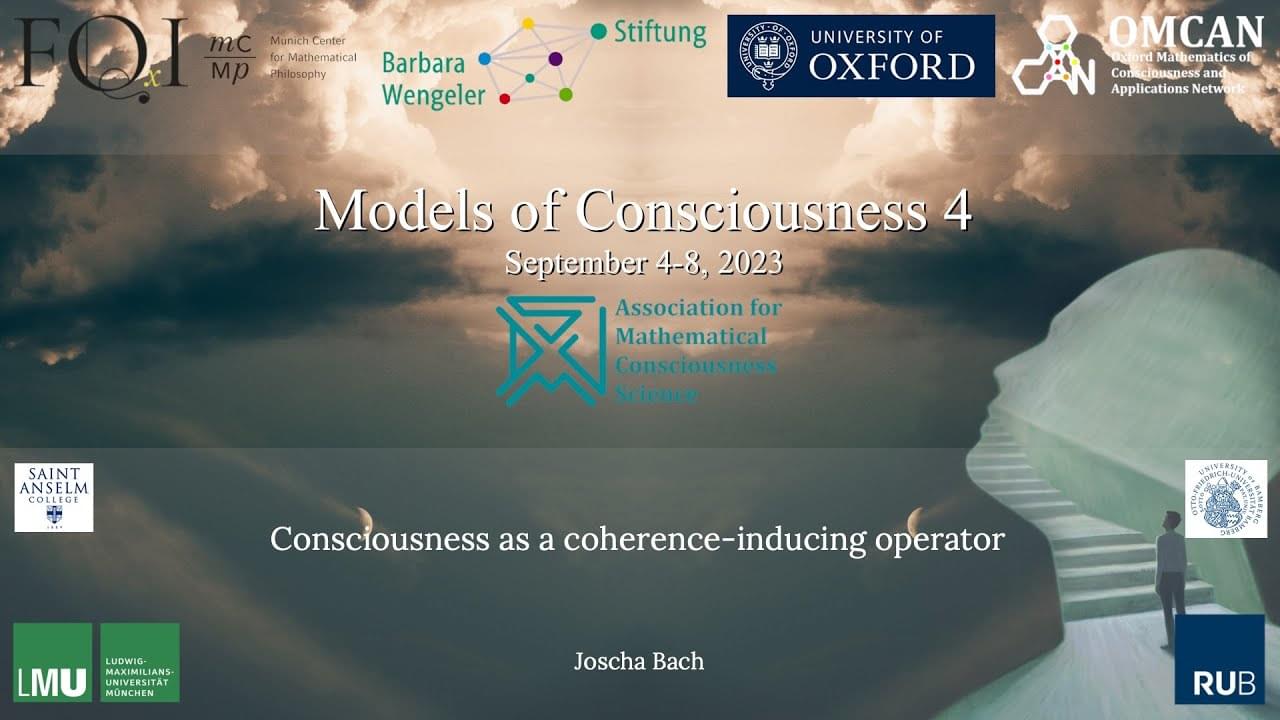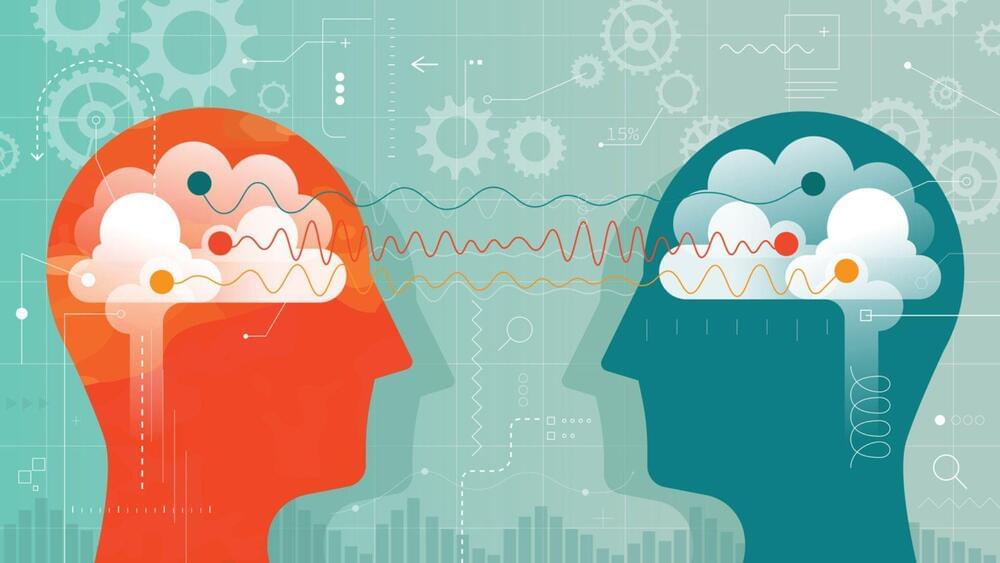Apr 4, 2024
We’re at the beginning of the second longevity revolution
Posted by Shubham Ghosh Roy in category: life extension
Andrew Scott on why humanity must pursue an ‘evergreen’ agenda to become a longevity society, rather than an aging one.
Andrew Scott on why humanity must pursue an ‘evergreen’ agenda to become a longevity society, rather than an aging one.
Pittsburgh biotech grows second liver in-body:
As per Nature, the experimental procedure was conducted in Houston on March 25. The report also states that the patient is “recovering well” after receiving the treatment. However, the formation of the new liver-like organ in the lymph node may take several months.
Moreover, the individual will be kept on immunosuppressive drugs to prevent any initial rejection of the donor cells.
Continue reading “Groundbreaking trial to grow ‘mini liver’ from patient’s own lymph node” »
Company eyes clinical trials of mRNA therapy targeting intracellular free cholesterol after receiving ‘favorable’ pre-IND feedback.
“Gravity pulls matter together, so that when we throw a ball in the air, the Earth’s gravity pulls it down toward the planet,” Mustapha Ishak-Boushaki, a professor of physics in the School of Natural Sciences and Mathematics (NSM) at UT Dallas, and member of the DESI collaboration, said in a statement. “But at the largest scales, the universe acts differently. It’s acting like there is something repulsive pushing the universe apart and accelerating its expansion. This is a big mystery, and we are investigating it on several fronts. Is it an unknown dark energy in the universe, or is it a modification of Albert Einstein’s theory of gravity at cosmological scales?”
DESI’s data, however, shows that the universe may have evolved in a way that isn’t quite consistent with the Lambda CDM model, indicating that the effects of dark energy on the universe may have changed since the early days of the cosmos.
“Our results show some interesting deviations from the standard model of the universe that could indicate that dark energy is evolving over time,” Ishak-Boushaki said. “The more data we collect, the better equipped we will be to determine whether this finding holds. With more data, we might identify different explanations for the result we observe or confirm it. If it persists, such a result will shed some light on what is causing cosmic acceleration and provide a huge step in understanding the evolution of our universe.”
USA: Using an electronic health record (EHR)-based algorithm plus practice facilitators embedded in primary care clinics did not reduce hospitalization at one year, according to a pragmatic trial involving patients with the triad of chronic kidney disease, hypertension, and type 2 diabetes.
“The hospitalization rate of patients in the intervention group at one year was about the same as that with usual care (20.7% vs 21.1%),” the researchers reported in the ICD-Pieces study published in the New England Journal of Medicine.
Patients with chronic kidney disease (CKD), type 2 diabetes (T2D), and hypertension (the kidney-dysfunction triad) are at high risk for multiple complications, end-stage kidney disease, and premature death. Despite the availability of effective therapies for these patients, there is a lack of results of large-scale trials examining the implementation of guideline-directed therapy to reduce death and complications risk in this population.

A theory of consciousness should capture its phenomenology, characterize its ontological status and extent, explain its causal structure and genesis, and describe its function. Here, I advance the notion that consciousness is best understood as an operator, in the sense of a physically implemented transition function that is acting on a representational substrate and controls its temporal evolution, and as such has no identity as an object or thing, but (like software running on a digital computer) it can be characterized as a law. Starting from the observation that biological information processing in multicellular substrates is based on self organization, I explore the conjecture that the functionality of consciousness represents the simplest algorithm that is discoverable by such substrates, and can impose function approximation via increasing representational coherence. I describe some properties of this operator, both with the goal of recovering the phenomenology of consciousness, and to get closer to a specification that would allow recreating it in computational simulations.

Study links dopamine to learning via optogenetics:
A new study reveals dopamine’s role in animal behavior having potential applications in education and artificial intelligence.
This group made the honorable mentions of top longevity Facebook groups!
We’ve collected the best longevity Facebook groups to keep up with the latest anti-aging research, news, events, and studies.
In science fiction, holograms are used for anything from basic communications to advanced military weaponry. In the real world, 3D holographic displays have yet to break through to everyday products and devices. That’s because creating holograms that look real and have significant fidelity requires laser emitters or other advanced pieces of optical equipment. This situation has stymied commercial development, as these components are complex and expensive.
More recently, research scientists were able to create realistic 3D holographic images without lasers by using a white chip-on-board light-emitting diode. Unfortunately, that method required two spatial light modulators to control the wave fronts of the emitted light, adding a prohibitive amount of complexity and cost.
Now, those same scientists say they have created a simpler, more cost-effective way to create realistic-looking 3D holographic displays using only one spatial light modulator and new software algorithms. The result is a simpler and cheaper method for creating holograms that an everyday technology like a smartphone screen can emit.

The world’s most powerful MRI machine has started proving its worth, by scanning living human brains. The resulting images give an ultra high resolution glimpse into the brain, which will help us better understand the nature of consciousness and treat neurodegenerative diseases.
Developed by the French Alternative Energies and Atomic Energy Commission (CEA), the Iseult MRI machine packs a magnetic field strength of 11.7 Teslas (T). By comparison, conventional MRI machines in wide use in hospitals today are usually 1.5 or at most 3 T.
Continue reading “World’s most powerful MRI machine captures first stunning brain scans” »
